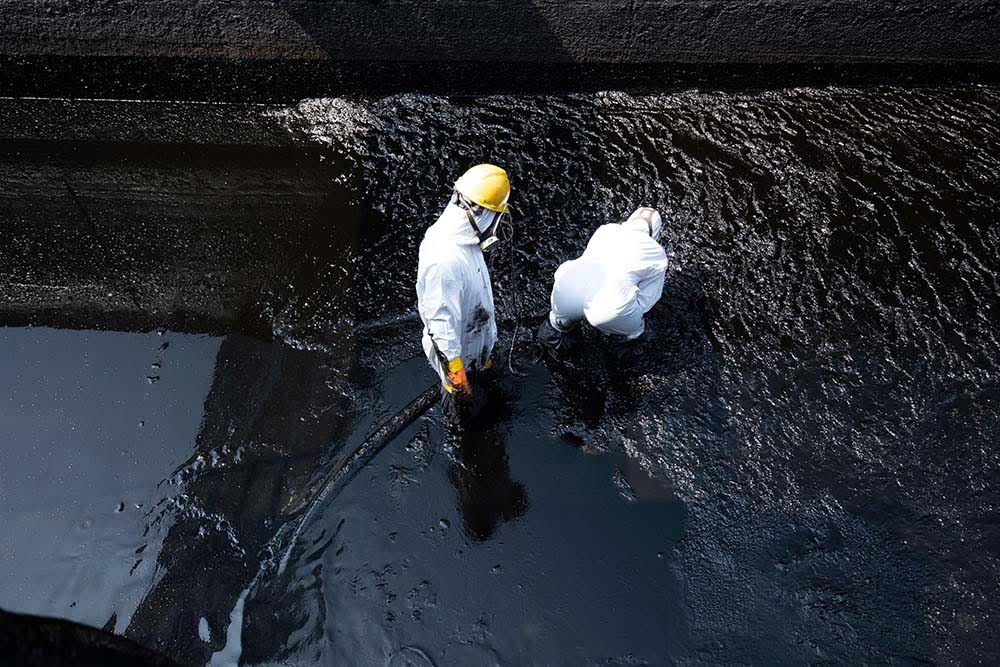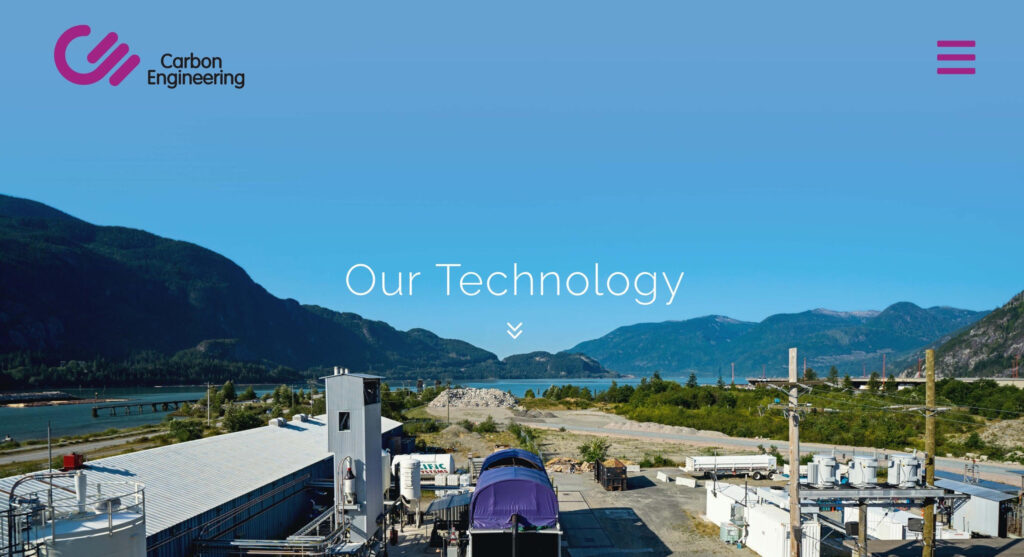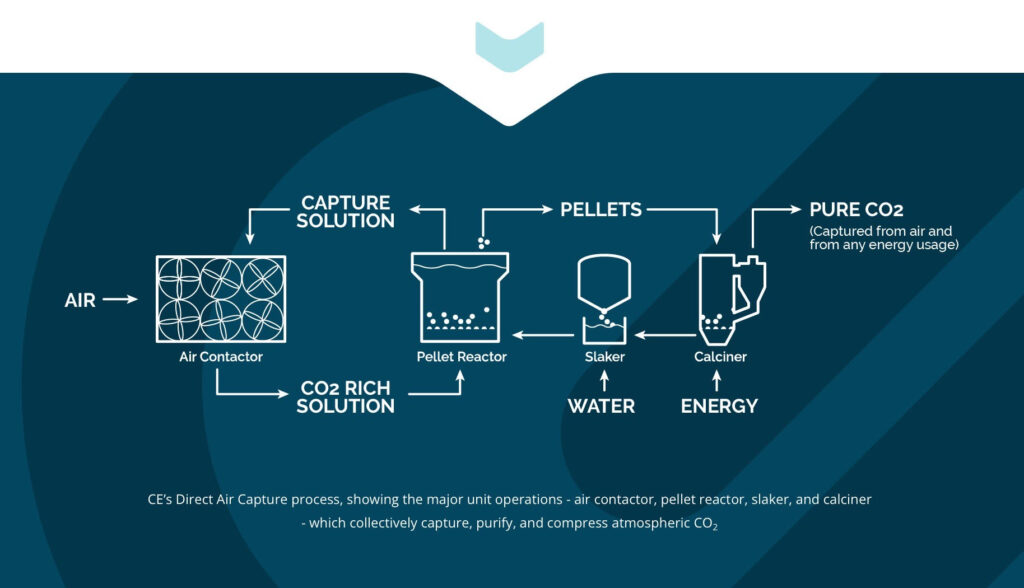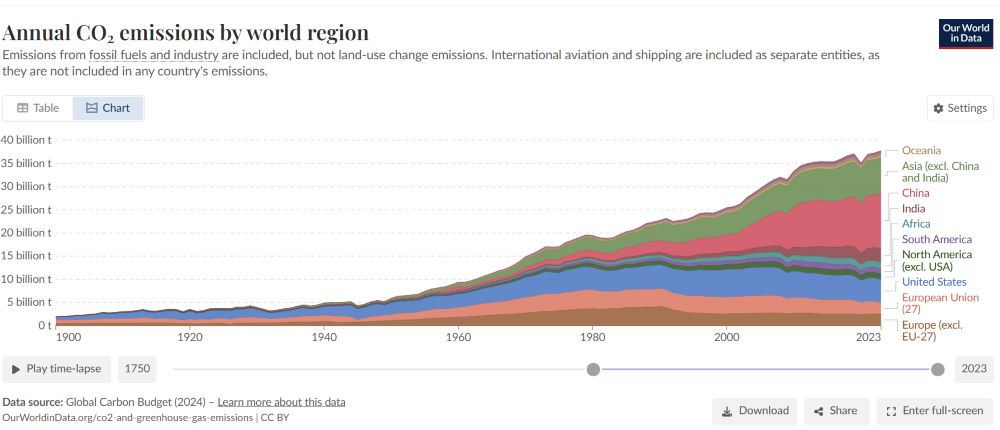Carbon capture technology is one of the highly touted solutions to climate change. As with most paths toward a livable, sustainable planet, it is fraught with controversy.
What is Carbon Capture?
Oxford Languages defines “carbon capture” as: “the process of trapping carbon dioxide produced by burning fossil fuels or other chemical or biological processes and storing it in such a way that it is unable to affect the atmosphere, with the aim of mitigating the effects of global warming.”
To determine whether a specific carbon capture process delivers on its promise, it’s necessary to follow the CO2 – and the money.
Oil Industry Investments

It may sound good when a major oil company like Occidental announces its investments in carbon capture. But what are these companies doing with the carbon they capture? In many cases, they are using it to liquefy oily sludge in older wells to make it easier to extract the oil. They may use fossil fuels for energy to capture carbon dioxide. Then they store it in old wells, only to extract the oil and sell it for combustible products like gasoline. In this case, oil companies use a waste product to make a profit without really reducing carbon emissions in the long run. Environmentalists call this “greenwashing,” or seeking a public relations boost by appearing to take a positive climate action.
Good Ways & Reasons to Capture CO2
Canadian Geographic in its December 2022 article, The Truth about Carbon Capture, states that the concentrations of carbon dioxide in the atmosphere over the past 200 years “increased from 280 parts per million that had stood for six millennia to a dangerous amount of roughly 420 ppm.” According to the MIT Climate Portal, “Atmospheric CO2 levels of between 280 and 350 parts per million created the climate that let humanity build and feed the modern world. The farther we get from those levels, the more we run the risk of disturbing that balance.”

Lori Guetre is an executive at Carbon Engineering, a Canadian plant that captures CO2 directly from the air. “We need to remove about one trillion tons of legacy CO2 from the atmosphere,” says Guetre. “We’re definitely in trouble.” She claims their plant can be scaled up at affordable costs.
Carbon Engineering’s process employs a closed-loop system of giant fans and non-toxic, non-volatile chemicals that are reconstituted and reused. The process ends with pure CO2. If the carbon dioxide removed from the air is permanently sequestered in a geologic reservoir and never used to extract fossil fuel for burning, or it is bound into synthetic limestone for construction, it is a process that truly reduces legacy CO2.

Other Carbon Capture Initiatives
One California-based nonprofit that focuses on carbon capture is the Foundation for Climate Restoration. Its website states, “For half a century, we’ve been single-mindedly focused on reducing our greenhouse gas (GHG) emissions. Yet, our emissions continue to rise, and they will remain in the atmosphere for centuries to come if we let them. We must simultaneously build our global capacity for carbon dioxide removal (CDR) if we want to leave today’s youth and future generations a climate that can sustain them.”
Peter Fiekowsky is an MIT-educated physicist and engineer, entrepreneur, and philanthropist who founded the organization in 2017. The Foundation’s partnership with the Thunderbird School of Global Management, “accelerates timely and critical policies, private sector investments, and citizen action to advance carbon removal and storage actions around the world.” This Global Carbon Removal Partnership has also defined a set of “High Level Principles for Carbon Removal” intended to ensure accountability, transparency, and net benefit to the climate.
“We have everything we need,” says Fiekowsky. “We just need the leadership to say this is where we’re going to go.”
Capturing Carbon from the Seas
In addition to capturing carbon directly from the atmosphere, some researchers are now working on CO2 capture from the ocean. A recent Associated Press article noted, “Seawater can store 150 times more carbon dioxide per unit volume than air, roughly. But absorbing the greenhouse gas has come at a cost, causing oceans to become more acidic, destroying coral reefs and harming marine species, including impeding shellfish from building their skeletons.”
The World Resources Institute clarified the challenges of the approach in November 2022 in its article, “Ocean-based Carbon Dioxide Removal: 6 Key Questions, Answered.” The article concluded with this summary:
Companies and investors are moving ahead with the development of ocean carbon removal. This should be done in ways that minimize risks to the health of the ocean and the welfare of communities that depend on it. To fully understand what these interventions could do to safely meet global climate goals, and to ensure that decisions are not just driven by efficiency or profits, we will need far greater investment in research and robust governance. This will not be quick or easy, so there is every reason to begin now.










